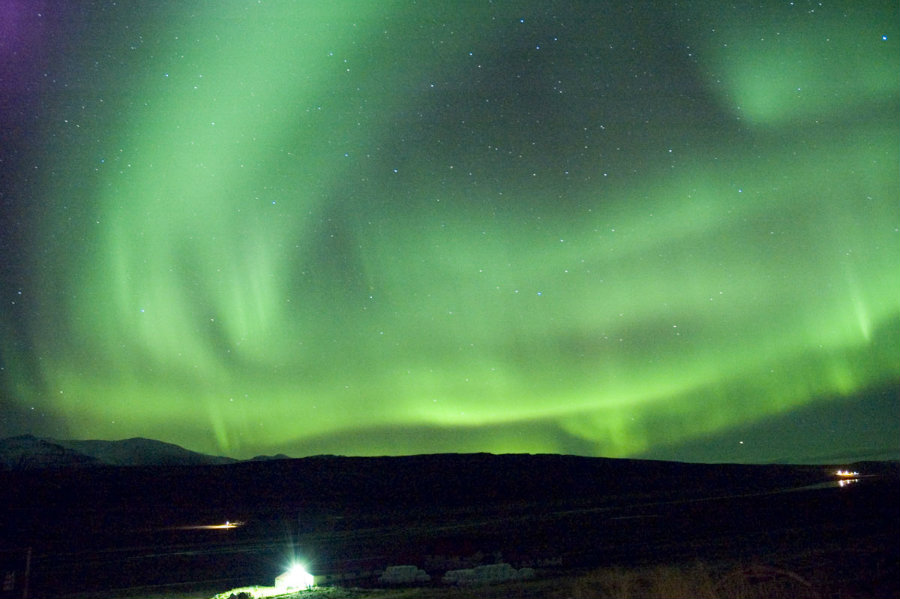Authorities of Iceland’s capital, Reykjavik, shut down street lights on Wednesday night, so onlookers could fully appreciate the northern lights scientifically known as aurora borealis.
The decision was to both bring a sense of connection with the environment and to recognize light pollution, which is one of the most prominent but yet untackled types of pollution.

The Reykjavik city council also asked locals to turn off their lights to optimize the sighting of the aurora borealis. The natural phenomenon was expected to occur between 10 and 11 p.m., but as it took longer to appear, the blackout was extended up to midnight.
A light spectacle in the night sky
The aurora borealis occurs when charged particles originating from a solar flare pass the earth’s magnetosphere, thus colliding with atmospheric particles. The collisions emit photons which compose the aurora. The night sky is teeming with lights when auroras occur, and even so on any other night, as the Milky Way should always be visible to the naked eye. The issue is light pollution, where street lamps, buildings, billboards, and anything that emits large amounts of light at night, in fact, darken the nightly sky.
https://www.instagram.com/p/BK9Q86yjU9P/
Light pollution has been credited for being harmful to ecosystems and for disrupting aesthetic environments. Light pollution is comparable to air pollution as it represents adding unnecessary light to the environment, by altering natural light levels and imposing artificial light sources. This type of contamination occurs in two variants: Light that intrudes in nature, and excessive light that disrupts indoor activities and health implications.
If it wasn’t for light pollution, humans should be able to see the Milky Way without any trouble. The largest volumes of light pollution in the country are in the Eastern United States, all the way from Houston to Boston. Contrastingly, the Western U.S. is much dimmer, and the Milky Way can be easily seen from Nevada, Utah, and Arizona, mainly arid regions with a reduced density of light-emitting sources. An interactive map showing light pollution is available at YouCanSeeTheMilkyWay.com
The northern lights were also visible in Washington state, as the NOAA’s Space Weather Prediction Center announced the appearance of aurora borealis from Tuesday all the way until Friday, with slight possibilities of still being visible during the weekend. Visibility was much more prominent in states along the northern latitudes, such as Alaska, where geomagnetic storms resulted in prominent skylight activity in the form of aurora borealis.
Source: USA Today
